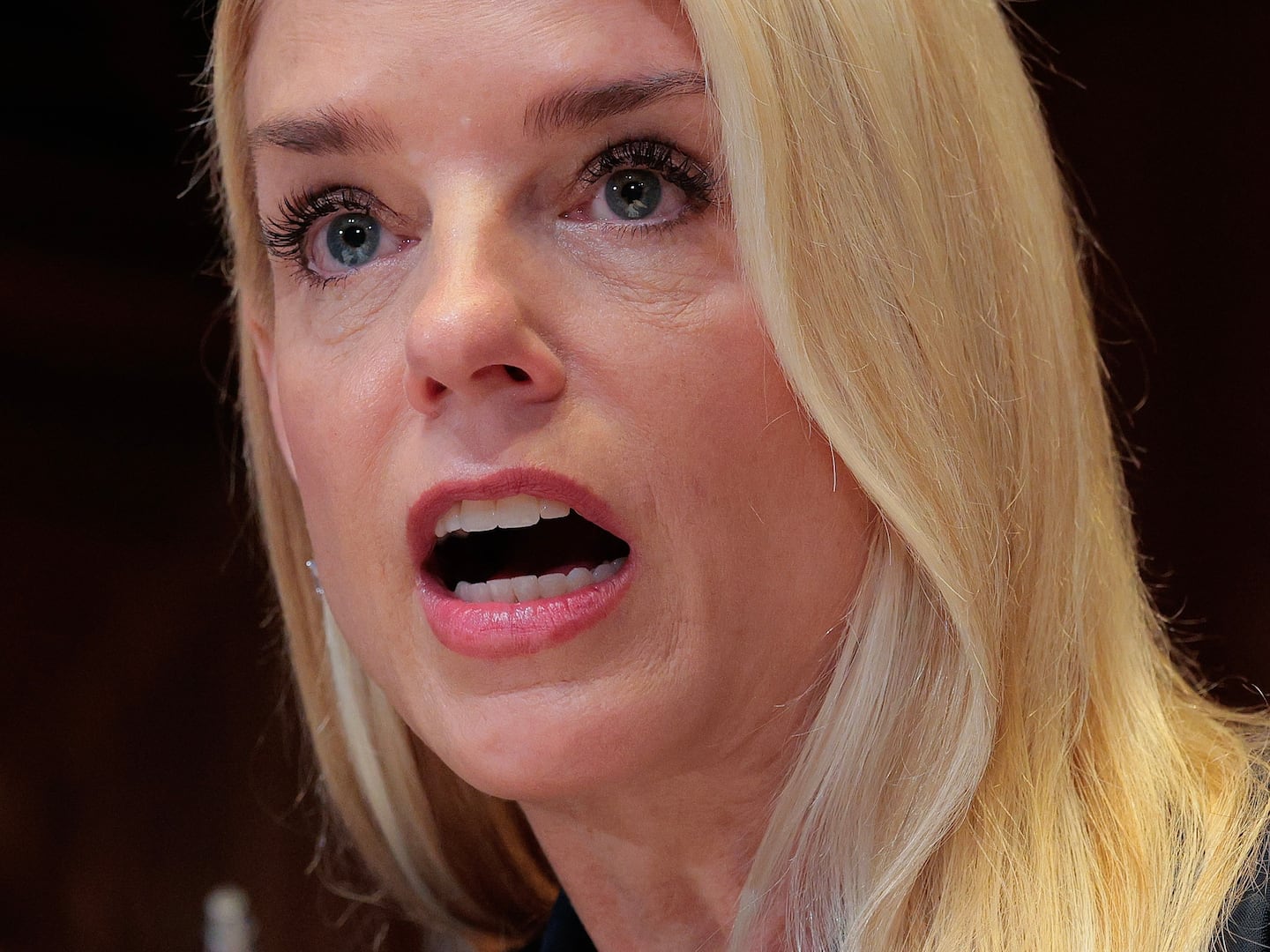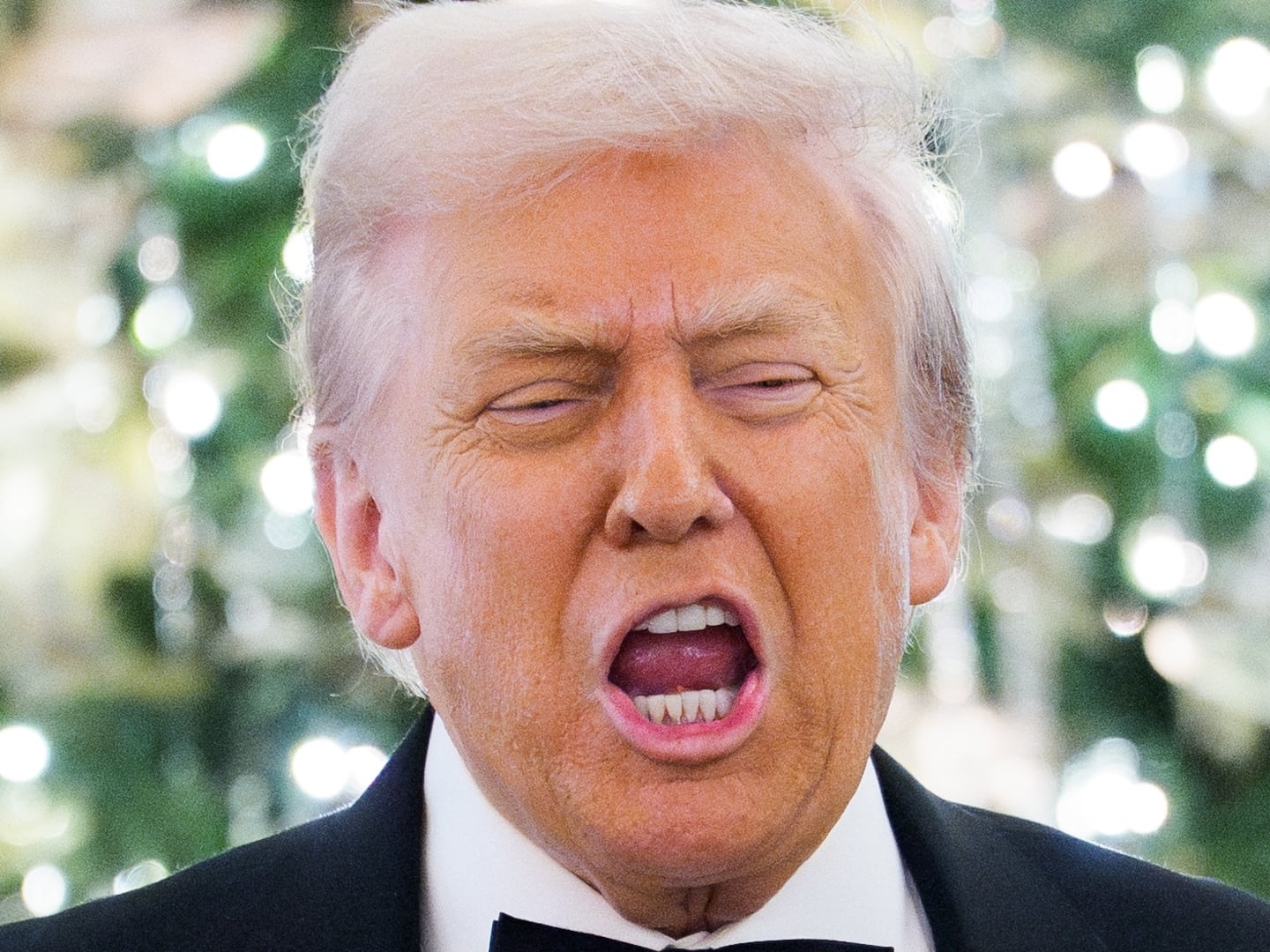
Plus, read more insight on Iran's election from other Daily Beast writers.
At first it was one lone but very enthusiastic voice, coming from nearby: “Allah Akbar!” (God is Great). Then another. Then many. It started at about 9 p.m.—an hour later it was coming from everywhere.
I went down into the streets to see where these people were congregated, but quickly realized it was coming from the sky.
I live in a quiet, tree-lined residential neighborhood about a mile from Valiasr, Tehran’s main boulevard and the scene of much of the past two weeks’ immense displays of political support, public expression, and civil disobedience.
After 30 years of being partly cut off from the world, Tehran feels more isolated than it ever has in the eight years I’ve been coming here.
The past few days, the residents of Tehran, and much of Iran I suppose, have witnessed many new sights in Iran’s period as an Islamic republic. It began with debates in which four candidates, all steeped in the history of this regime, leveled accusations of all sorts at each other. They made the types of claims that Iranian citizens have for years discussed around their dinner tables, but were never able to make themselves. During those few days of late-night televised debates, I sensed a floodgate was being opened that would be very difficult to shut off.
On Wednesday, two days before the election, I walked several miles with a procession of supporters for the main opponent to incumbent President Mahmoud Ahmadinejad, Mir Hossein Mousavi. Tired, I stopped and watched for an hour as a sea of people marched peacefully north on Valiasr toward Tajrish. There was a real sense of an imminent change.
Thursday, the day before Iran was to vote, campaigning was banned. The authorities cut off the SMS text-messaging service, and we’re still not able to send messages.
Election Day brought a huge turnout, and I decided to vote in southern Tehran in the very religious neighborhood of Shah Abdul Azim. None of the chador-clad women running the polling station knew exactly what to make of an illiterate Iranian-American with a funny name who wanted to vote, but they were helpful and promised that the name they wrote in for me was that of the candidate I wanted to vote for. Besides the name of each candidate, there was a box to be filled with a number. It seemed a bit odd that the number assigned for Mr. Mousavi was “4” and that of Mr. Ahmadinejad was “44.”
We expected the results to come in on either Saturday or Sunday, but shockingly the “official” announcement was made before midnight, before polling places were set to close.
Saturday morning brought a sense of despair. As the reality settled in, people began taking to the streets en masse around 5 p.m. On the approach to Fatemi Square, where the Interior Ministry is located, I could see that the entire roundabout had been closed to car traffic. About 200 riot police waited, ready in the middle of the square. I headed down an alley just off the square where protesters had created a blockade of flaming garbage bins.
They pushed aside a bin, opened a path, and rushed forward. Simultaneously, the baton-toting police charged them. The protesters hurled rocks and the police responded by beating all that couldn’t escape into one of the connecting alleys. For a regime so infatuated with the cause of Palestinian liberation, it was a striking to see Iranian people employing the preferred weapon of Palestinian resistance against their own state.
Citizens, nearly all on the side of the protesters, left their front gates open just a crack to allow quick entrance to those fleeing the police.
Amid the anger, there was still a sense of excitement and exuberance, as it seems the nation was releasing frustrations that have been bottled up for decades.
Just south, above Valiasr Square, one of Tehran’s major commercial hubs, lines of protesters blocked traffic on the city's most-used street. They chanted “Death to the Dictator!” In every direction, small groups, usually four or five, congregated to discuss what they’d seen, sometimes dispersing when the police began to move.
At some point during the early evening hours, cellphone service was cut, making it virtually impossible to communicate.
Throughout the night, violent chaos raged on in Tehran with the angry public breaking windows, setting government offices on fire, and destroying bus stops. The Basij responded by attacking anyone that did not look like a member of their gang.
In the same square a day later, President Ahmadinejad held a rally attended mostly by the poor, bused in from provinces throughout Iran. People packed into the square and every street leading to it was filled as far as I could see. It was a photo-op for the world to show how adored he is by the people of Iran. I stood several feet away from his podium and watched and was shuffled around by his security people.
Mousavi supporters chose to mostly sit out the day, waiting to show their support in Tehran’s “Freedom Square.” Although the event was canceled as permission was not granted, hundreds of thousands—dwarfing the previous day’s crowds at Ahmadinejad’s event—attended. Several friends who were close to the center of the square have called and reported several people were shot down.
For the past couple of hours, I could hear sporadic gunfire amid the growing number of people chanting. Tomorrow at 5 p.m. local time, Mousavi supporters will gather at Vailasr Square. Although there is much fear, defiance seems to be growing again, and I think it may be growing as the word is out that the rest of the world is watching. As one of the many millions of civilian people in Tehran, I hope that this city continues making enough noise to be heard everywhere.
Journalist Jason Rezaian, a frequent visitor to Iran, is the writer, executive producer, and narrator of the length documentary film on Iran called A World Between.






